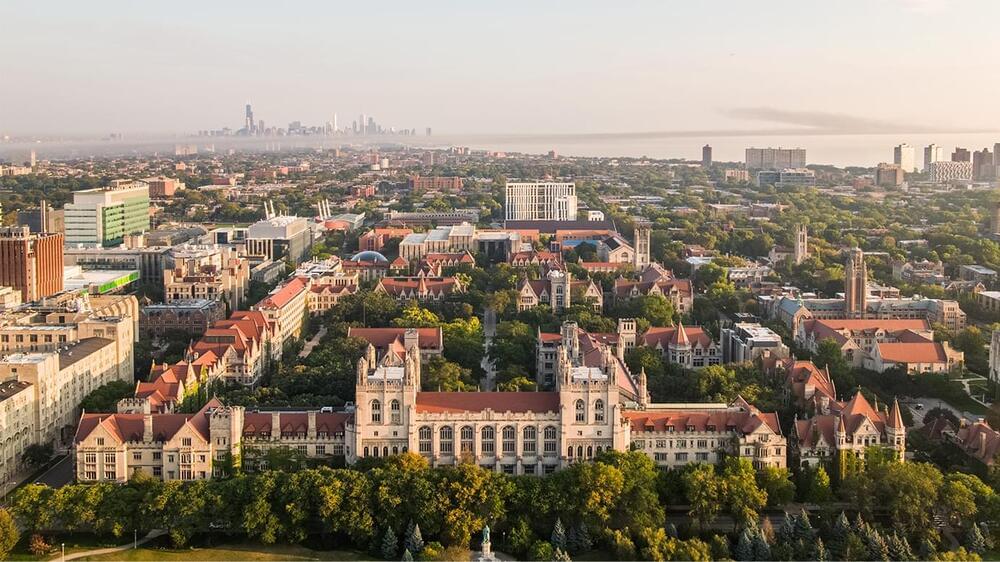At the 2015 Conference of the Mormon Transhumanist Association, held 3 Apr 2015 at the Salt Lake City Public Library, speakers addressed the themes of Mormonism, Transhumanism and Transfigurism, with particular attention to topics at the intersection of technology, spirituality, science and religion. Members, friends and critics of the association have many views. This is one of them. It is not necessarily shared by others.
Category: science – Page 38

The Science Behind Apple’s ‘State Of Mind’ Feature, Explained By A Psychologist
Apple’s new “State of Mind” feature in the Health app is more than a tech update; it’s Apple’s foray into helping us understand our emotions. Beyond tracking physical activity with the Apple Watch, the company is now capturing our moods. This, combined with insights from a new Journal app (which Apple says will be woven into our life’s events and multimedia tapestry), aims to give a full picture of our daily experiences, both in body and mind.
Here’s how Apple envisions this feature will play out in real life.
Imagine a vacation in an unfamiliar city. At the start of your day, the Health app prompts you to record your mood. You describe it as “Very Pleasant” and indicate to the app that… More.
Armed with iOS 17 and watchOS 10, iPhone 15 and a number of other Apple devices may soon be able to track your mood. Could this set off the next big trend in mental health support?

Unlocking the Secrets of Aging: Squishy Sea Creature Rewrites Science
Researchers from the National Institutes of Health and their partners have unearthed new findings about healing and aging by studying a tiny sea creature capable of regenerating its entire body using just its mouth. They analyzed the RNA
Ribonucleic acid (RNA) is a polymeric molecule similar to DNA that is essential in various biological roles in coding, decoding, regulation and expression of genes. Both are nucleic acids, but unlike DNA, RNA is single-stranded. An RNA strand has a backbone made of alternating sugar (ribose) and phosphate groups. Attached to each sugar is one of four bases—adenine (A), uracil (U), cytosine ©, or guanine (G). Different types of RNA exist in the cell: messenger RNA (mRNA), ribosomal RNA (rRNA), and transfer RNA (tRNA).
Quantum information science is rarely taught in high school — here’s why that matters
A former physics teacher says America could lose its technological edge if it doesn’t do a better job of teaching quantum information science – starting in high school.
Science Is Ignorance
How did science truly begin?Surprisingly, the pursuit of knowledge didn’t set the stage for modern science. Instead, it was a revolutionary idea—the recognit…


AI Hospitals: A Step Towards the Future — Science View
That’s perfect and from one of the most technological countries. It’s late and I saved it for watching later but I can imagine what is in this video. AI is always useful especially in medicine.
[Skip Intro] 0:22
Learn more about science on NHK WORLD-JAPAN:
https://www3.nhk.or.jp/nhkworld/en/ondemand/category/23/?cid…9-sv303-hp.
More quality content available on NHK WORLD-JAPAN:
https://www3.nhk.or.jp/nhkworld/en/ondemand/video/?cid=wohk-yt-2309-sv303-hp.
The integration of artificial intelligence into healthcare seeks to reduce diagnosis errors while increasing humanity.

